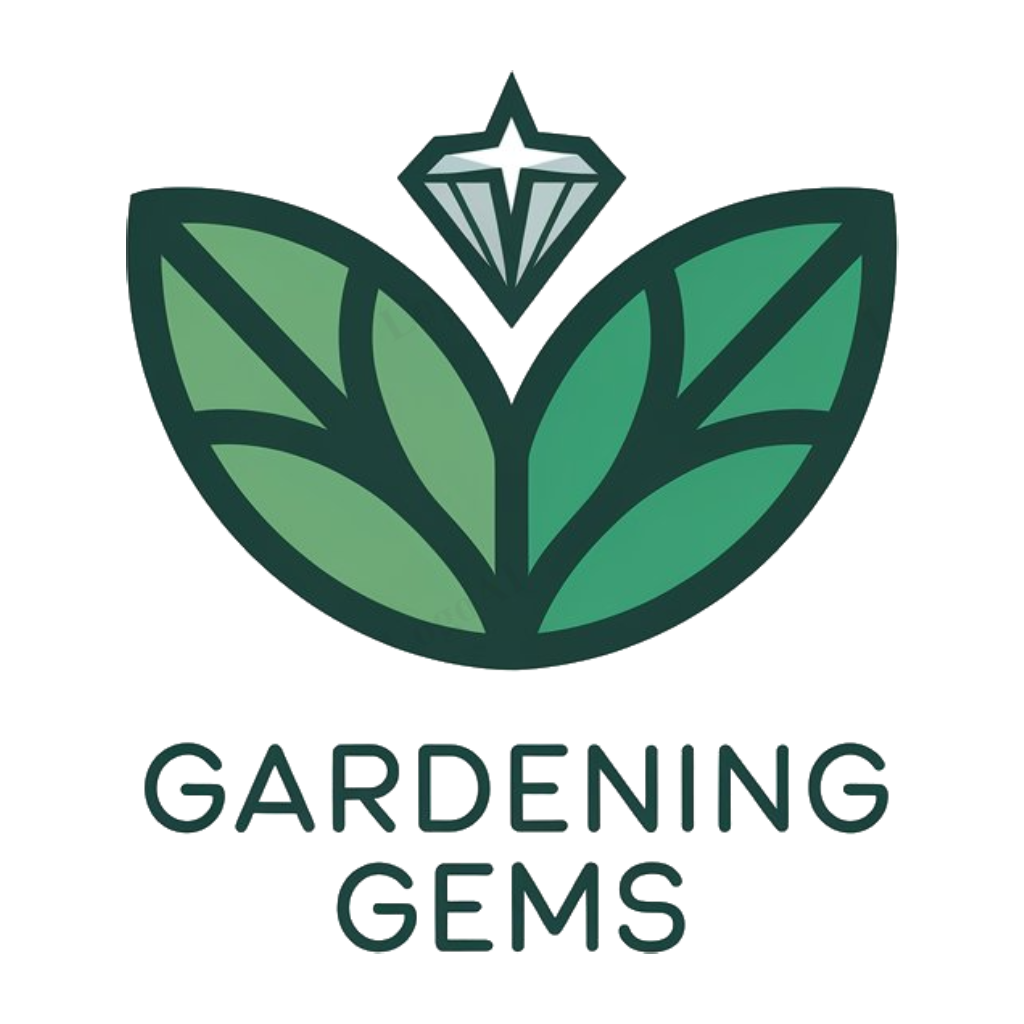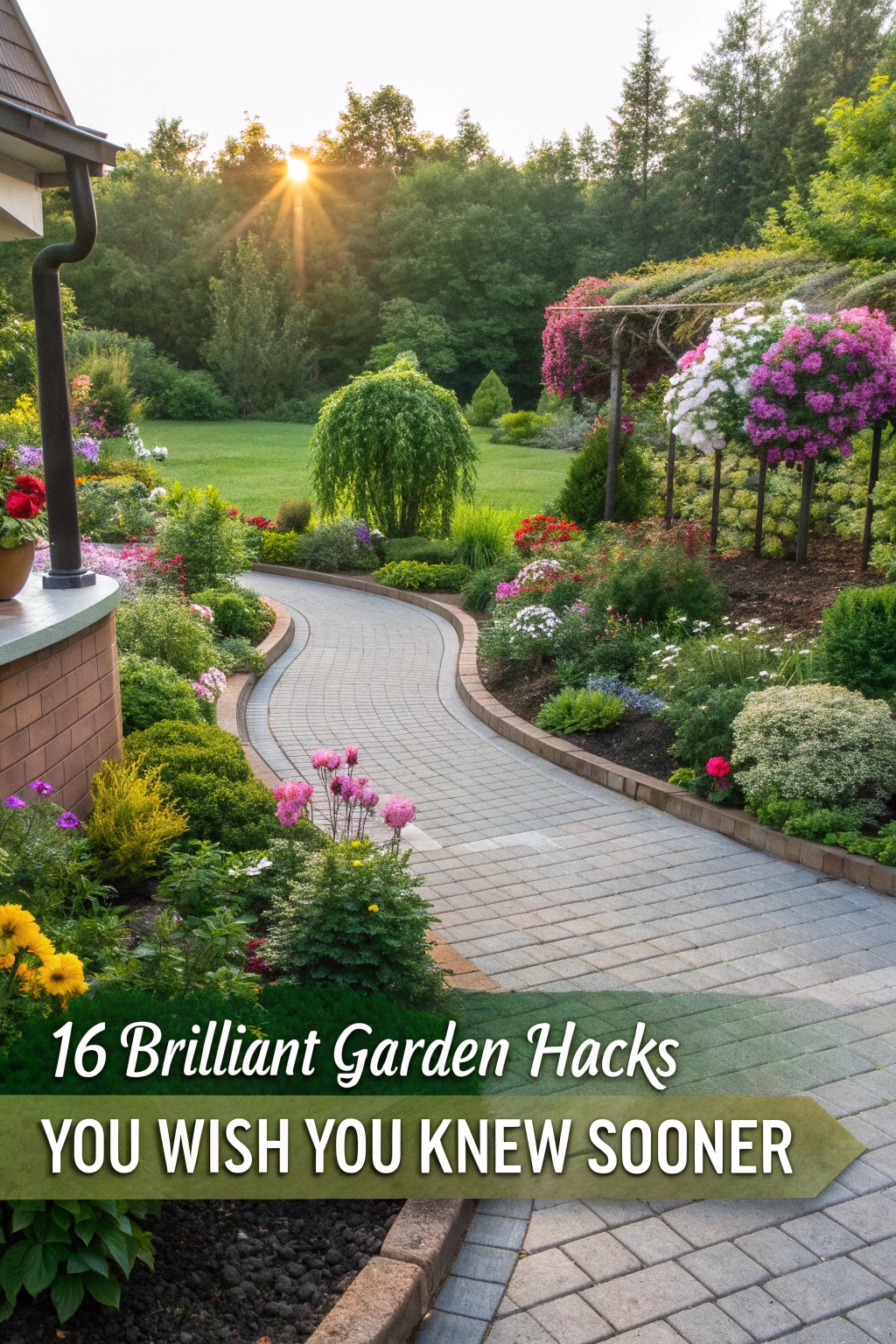Get ready to unlock the secrets of a beautiful garden. You’re about to discover amazing tips and tricks to transform your outdoor space into a stunning oasis. From repurposing household items to creating your own DIY compost, you’ll learn it all.
Are you tired of having a boring garden? With these 16 brilliant garden hacks, you’ll be able to create a gorgeous and thriving garden that will be the envy of your neighbors. By reading on, you’ll gain the knowledge to turn your garden into a peaceful retreat that you’ll love spending time in.
Saving Space In Your Garden
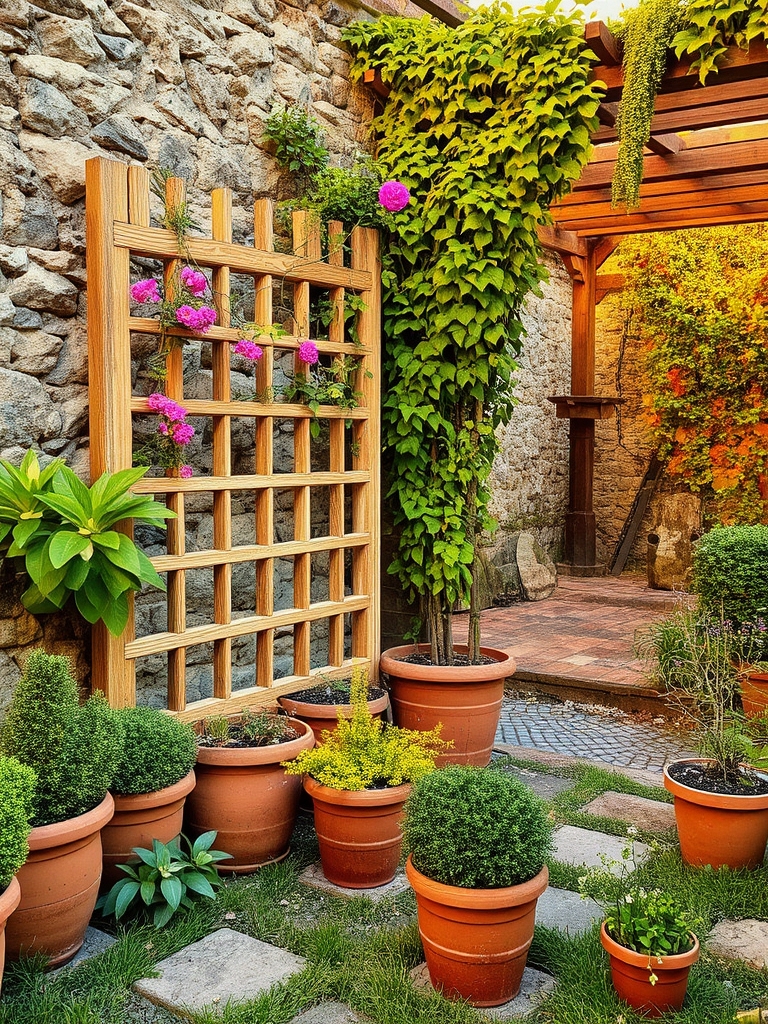
Saving space in your garden can be achieved through creative techniques such as vertical gardening, container gardening, and companion planting. Utilize walls, trellises, and arbors to train vining plants, and choose compact or dwarf varieties of fruits and vegetables to maximize yields in small areas. This optimizes space and promotes efficient growth.
DIY Gardening Tools
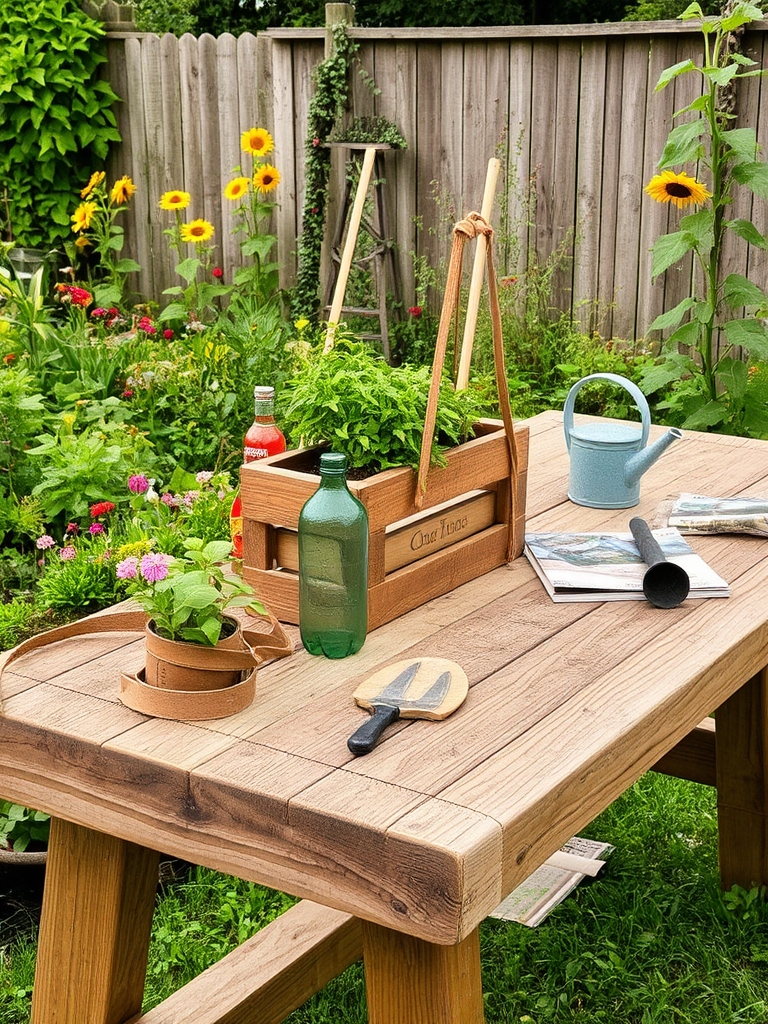
Create your own gardening tools with everyday items to save money and reduce waste. Use old pallets to make planters, convert a plastic bottle into a self-watering system, or turn a rake into a trellis. DIY gardening tools are eco-friendly and allow for creative problem-solving, adding a personal touch to your garden.
Natural Pest Control Methods

Natural pest control methods use non-toxic and environmentally friendly techniques to manage garden pests. These methods include introducing beneficial insects, using neem oil, and planting pest-repellent herbs like basil and mint to keep gardens healthy and pest-free without harming the environment.
Easy Seed Starting
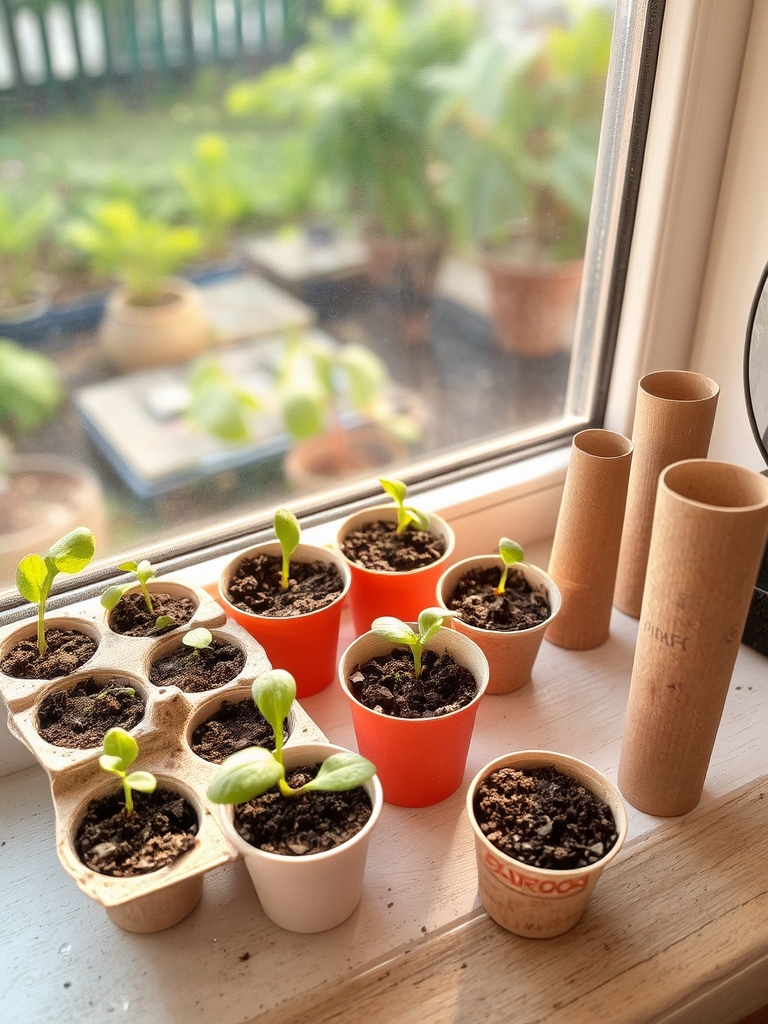
Easy seed starting involves using everyday items like egg cartons, yogurt cups, or paper towels to create mini greenhouses. Fill the containers with potting soil, plant seeds, and provide adequate moisture and warmth. This method allows for ideal germination and reduces waste, making it a simple and eco-friendly way to start seeds indoors.
Gardening On A Budget

Gardening on a budget requires creativity and resourcefulness. Repurpose household items, such as old containers and cardboard tubes, to create planters and seed starters. Utilize DIY compost and mulch to reduce waste and save money. Shop for seeds and tools during sales or second-hand stores to minimize expenses and maximize gardening potential.
Creative Garden Decor

Creative garden decor adds a personal touch to outdoor spaces. Use recycled materials, like old boots or bottles, as planters or decorative accents. Incorporate natural elements, such as pinecones or seashells, to create unique features. Whimsical sculptures or colorful wind chimes can also enhance the ambiance, making your garden a reflection of your personality and style.
Effective Weeding Strategies
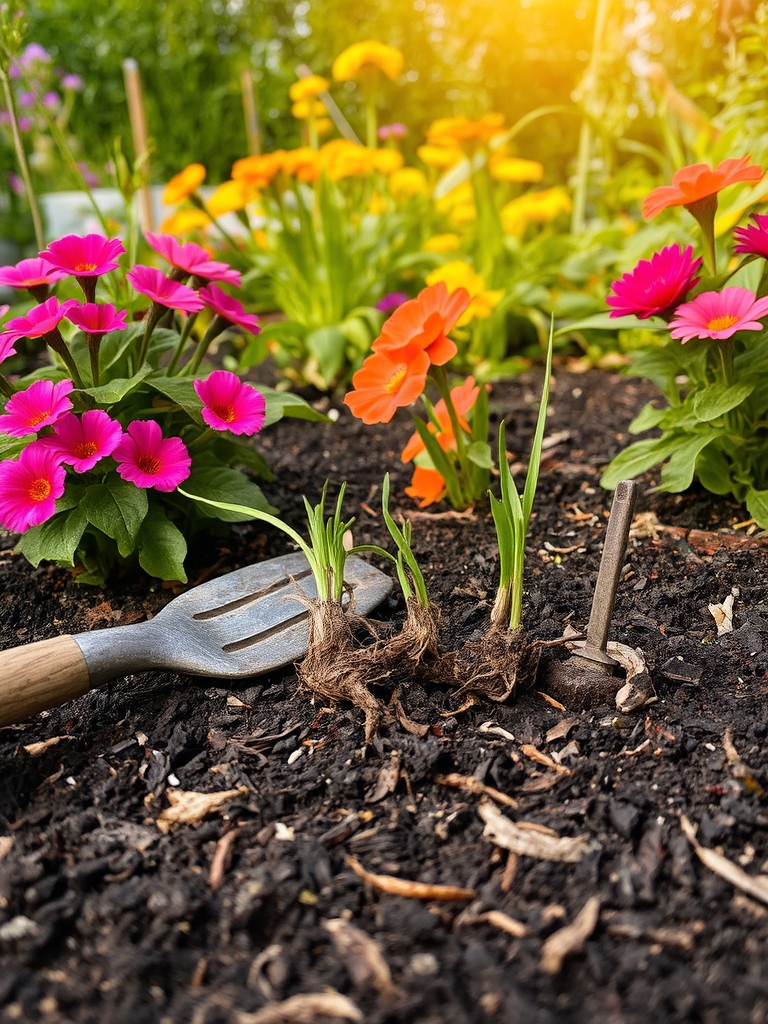
Effective weeding strategies involve removing weeds by their roots to prevent regrowth. This can be achieved through manual pulling, using tools like hoe or cultivator, or applying mulch to suppress weed growth. Regular maintenance and soil preparation also help in reducing weed population, making it easier to manage and maintain a healthy garden.
Composting Made Easy
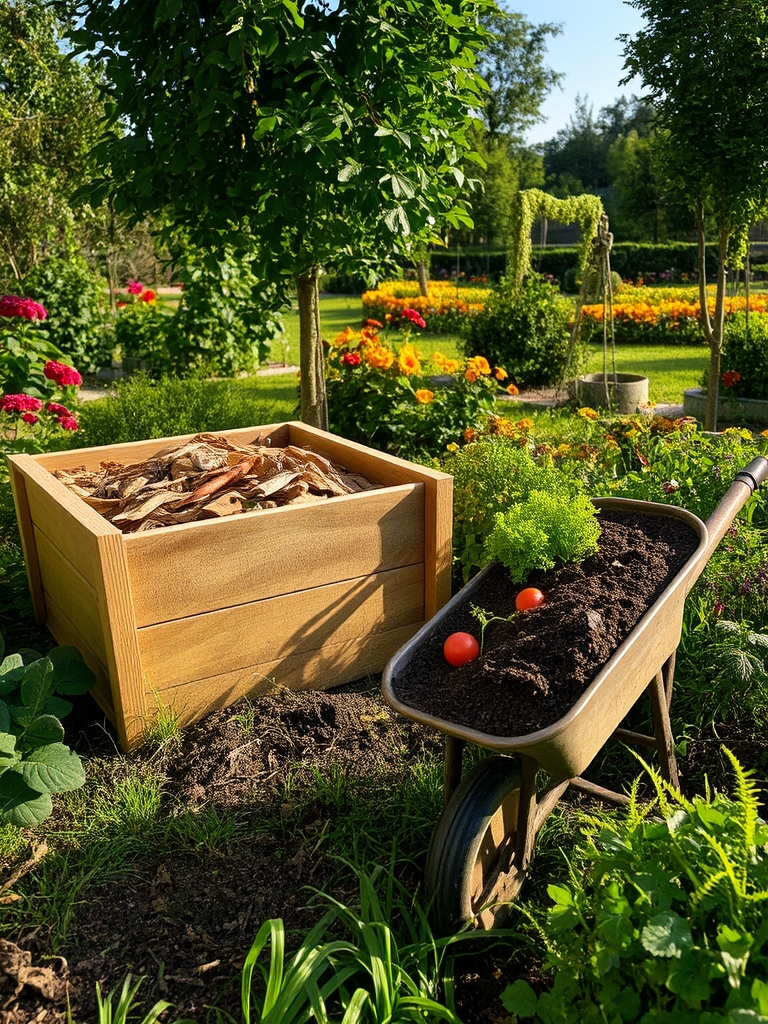
Composting Made Easy involves turning food scraps and yard waste into nutrient-rich soil. This eco-friendly approach reduces waste and creates a natural fertilizer for gardens. By layering brown and green materials, maintaining moisture, and allowing decomposition, composting can be a simple and rewarding process for gardeners of all levels, promoting healthy plant growth and soil sustainability.
Utilizing Vertical Space
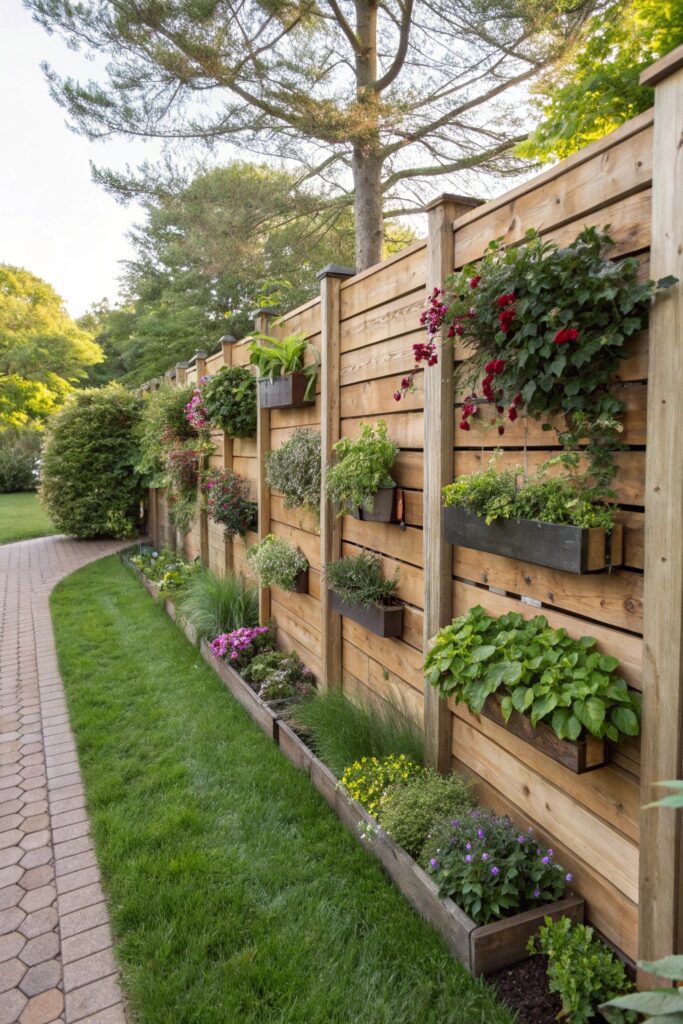
Maximize your garden’s potential by utilizing vertical space. Install trellises, arbors, or wall-mounted planters to train vines, climbers, and cascading plants to grow upwards, making the most of limited ground space and adding depth to your garden’s landscape. This technique also helps to keep pathways clear and makes maintenance easier.
Growing Herbs Indoors
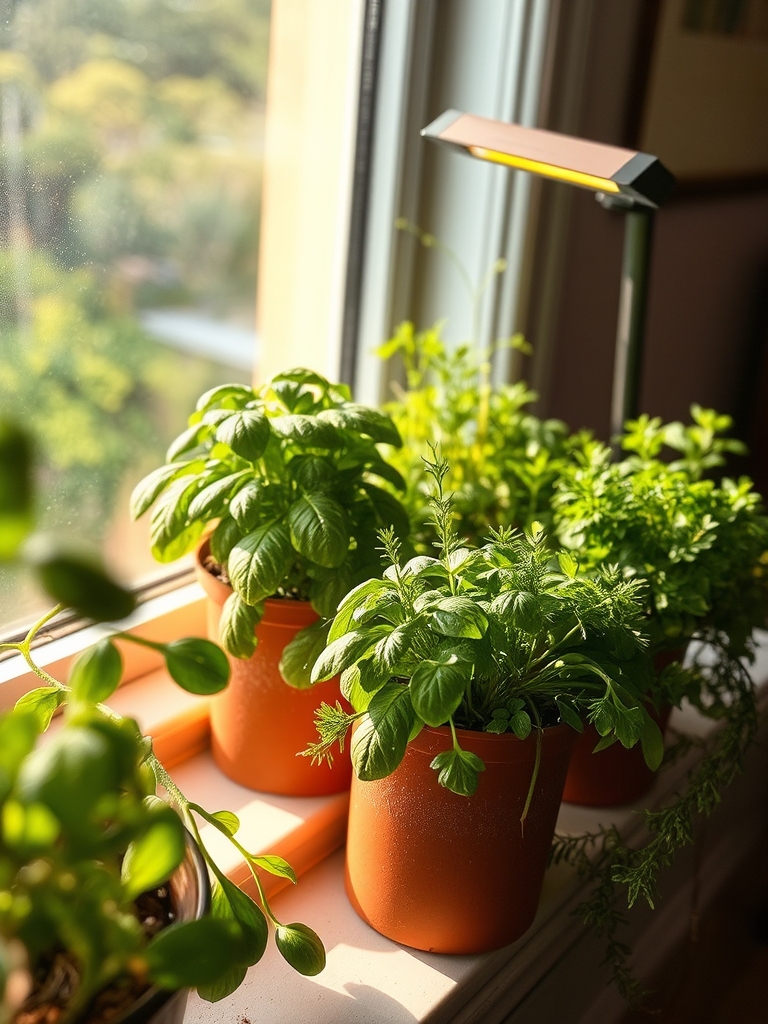
Growing herbs indoors allows for year-round access to fresh flavors. Choose a sunny windowsill or use grow lights to mimic outdoor conditions. Select herb varieties that thrive in indoor settings, such as basil, mint, and parsley. Use well-draining pots and maintain consistent watering to promote healthy growth and prevent root rot.
Organic Fertilizer Options
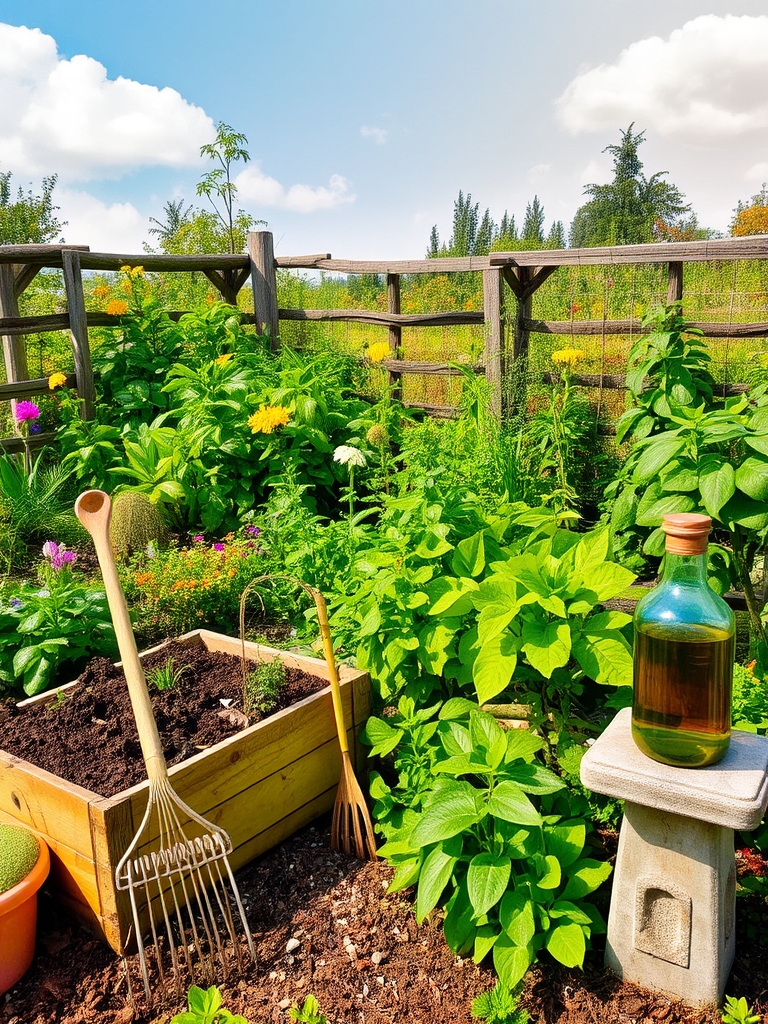
Organic fertilizer options include compost, manure, and green sand, which enrich soil naturally. Compost tea and worm casting also promote healthy plant growth. These eco-friendly alternatives reduce chemical use and create a sustainable garden ecosystem, improving soil fertility and structure over time. They are cost-effective and environmentally friendly.
Gardening With Recycled Materials

Gardening with recycled materials reduces waste and adds a personal touch. Use old containers, such as plastic bottles or wooden crates, as planters for herbs or succulents. Transform broken pottery into mosaic garden markers or turn an old ladder into a trellis for climbing plants, giving your garden a unique and eco-friendly charm.
Plant Care And Maintenance

Proper plant care and maintenance involves regular watering, pruning, and fertilizing to promote healthy growth. Monitoring temperature, humidity, and light exposure also guarantees ideal conditions for plants to thrive. Additionally, repotting and mulching can help retain moisture and suppress weeds, reducing the need for pest control and maintaining a lush garden.
Garden Planning And Design
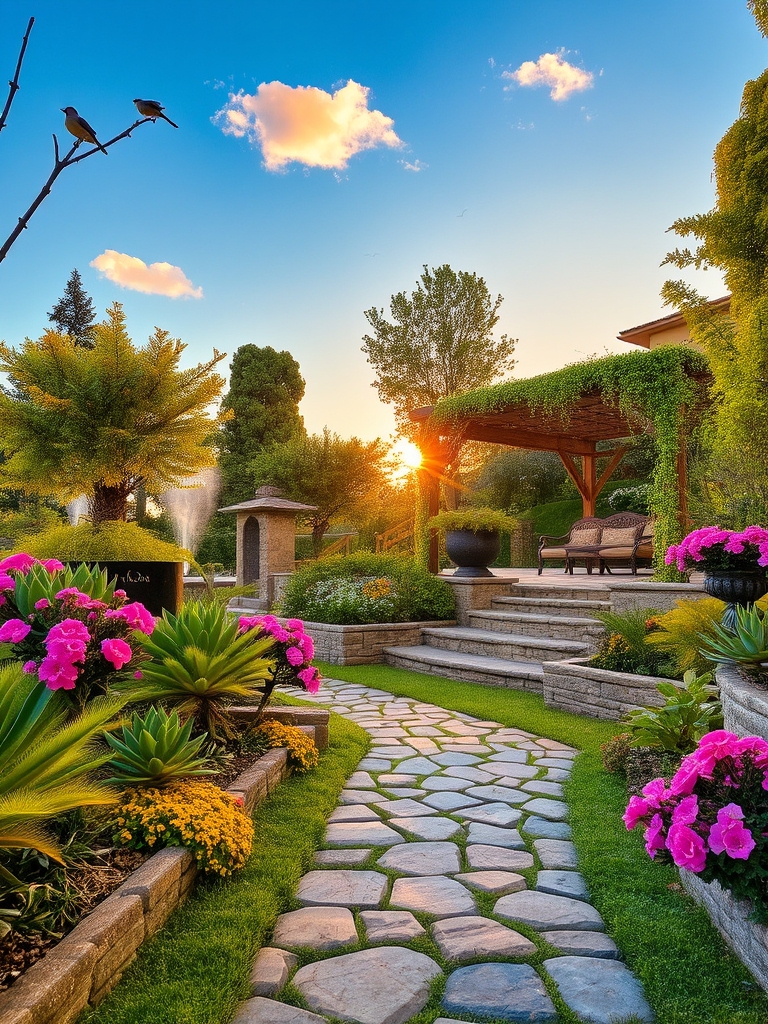
Garden planning and design involves creating a functional and aesthetically pleasing outdoor space. It requires considering factors like climate, soil type, and intended use to choose the right plants, layout, and features. A well-designed garden can enhance the beauty and value of a property, providing a peaceful retreat and entertainment area for years to come.
Water Conservation Tips
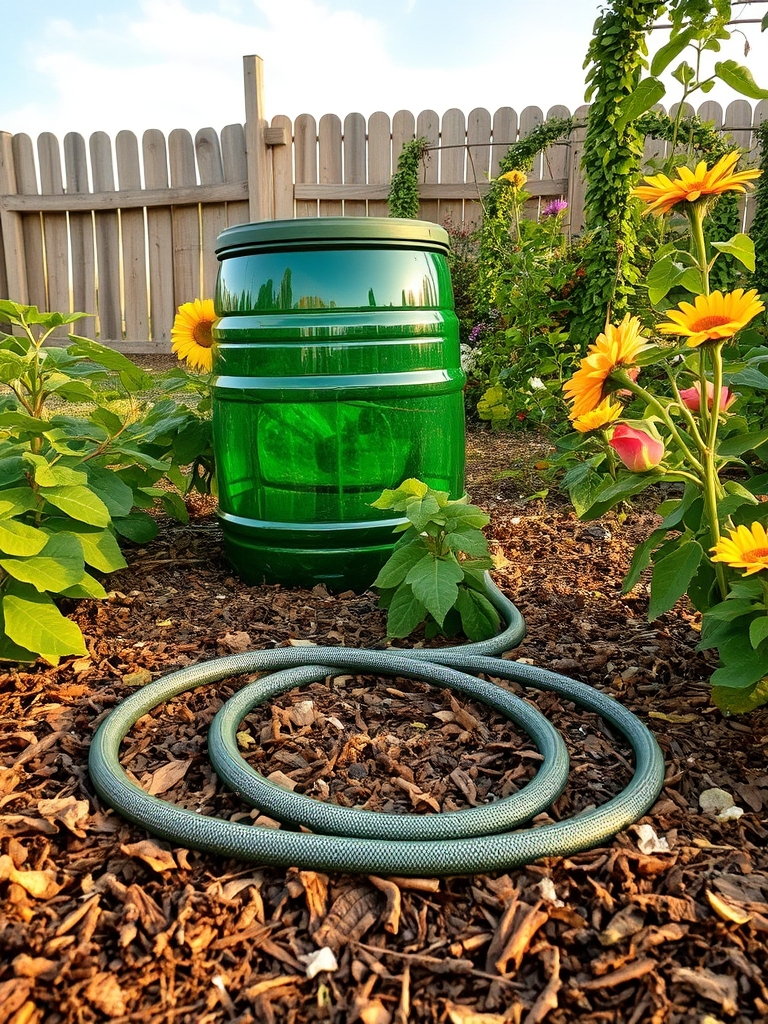
Conserve water in your garden by using rain barrels, soaker hoses, and drip irrigation systems. Mulch around plants to reduce evaporation and retain moisture. Water deeply but infrequently to encourage deep root growth, making plants more drought-resistant. Avoid overwatering, which can be detrimental to plant health and waste this precious resource.
Extending The Growing Season
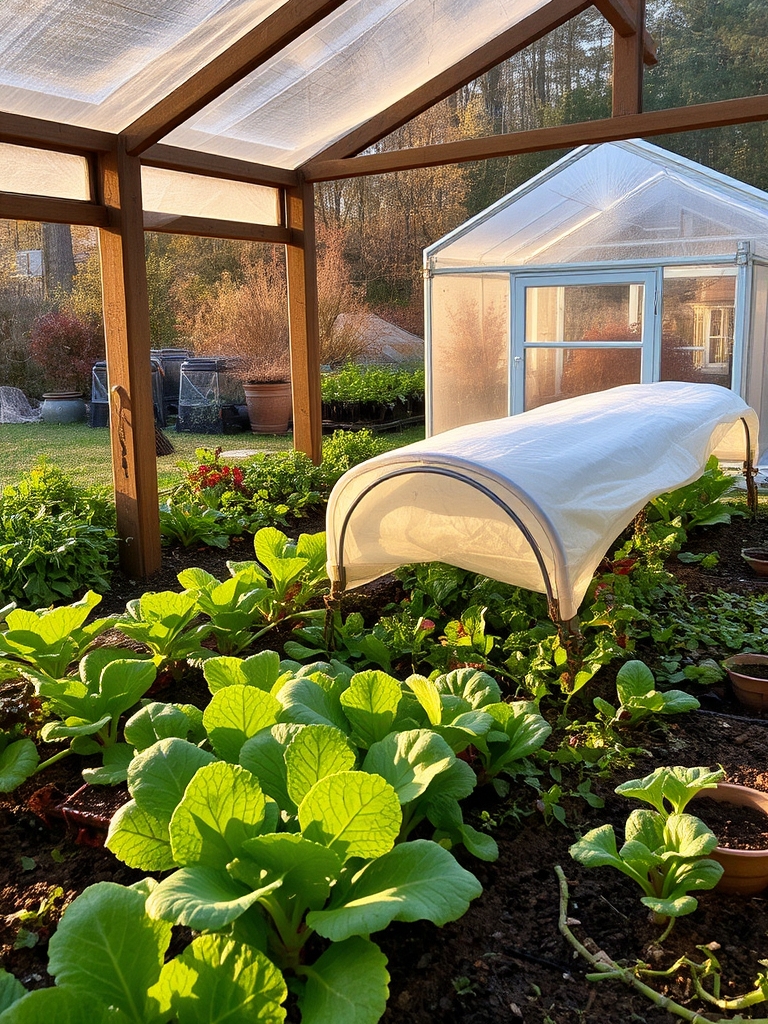
Extending the growing season allows gardeners to enjoy a longer period of harvest and growth. Techniques like using cold frames, greenhouses, and row covers help protect plants from frost and harsh weather, enabling a head start in spring and a longer harvest in fall, effectively adding weeks to the growing season.
Conclusion
You’ll save space, create tools, and control pests, all while starting seeds, gardening on a budget, and planning with precision. You’ll protect plants, conserve water, and extend the season, transforming your outdoor space into a thriving oasis, boosting yields, and minimizing waste, thereby nurturing your garden and the environment, harmoniously.
